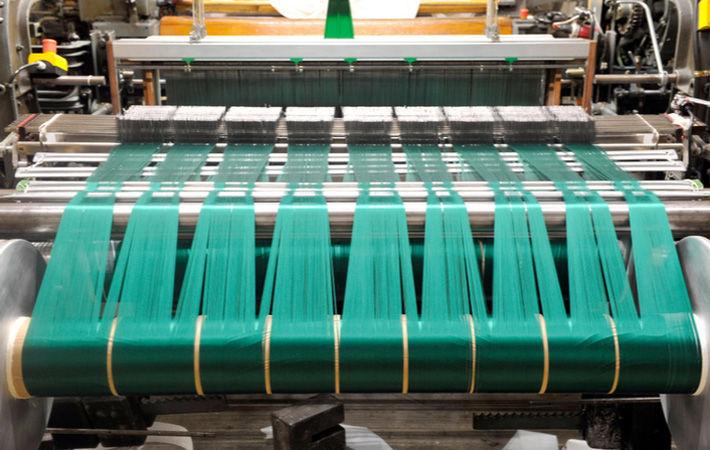Manufacturing growth revives; inflationary pressures stay: IHS Markit

Prices rose at an increased rate—one of the highest in a decade—as a result, the London-based company said in a note.
The JPMorgan global manufacturing purchasing managers’ index (PMI) rose from a 15-month low of 53.2 in January to 53.6 in February in a sign that the global economy continued to show encouraging resilience in the face of the Omicron wave of the pandemic.
Output growth has in fact now lagged inflows of new orders continually since March of last year, hinting at persistent production constraints which intensified in February.
By far the greatest shortfall of production relative to new orders was seen in the United States, followed by Australia, Germany, Ireland, South Korea and Taiwan.
While the headline PMI registered 53.6 in February, the survey's output index merely rose from 51.3 to 51.9, which is the fourth weakest since the initial pandemic recovery started in July 2020 and is significantly weaker than the survey's pre-pandemic average of 52.8, thereby signalling below-trend growth.
The latest reading is indicative of global manufacturing production growing at a modest annual rate of just under 2 per cent.
Production growth was led by a recovering Europe, with output growth accelerating to a seven-month high in the United Kingdom and a five-month high in the eurozone. It was also reassuring to see output growth accelerate in Asia excluding Japan and China, suggesting the region has so far been affected by the Omicron variant to a considerably lesser degree than the Delta wave.
Similarly, production in China stabilised amid improving demand after being hit by Omicron in January. However, production fell in Japan as COVID-19 restrictions were raised, and output growth in the United States remained lacklusture.
The relative weakness of February's global output growth by historical standards contrasted with a more robust expansion of order books recorded during the month. New orders rose to the greatest extent since last October, with the latest new orders index reading of 53.5 running above the pre-pandemic long-run average of 52.6 to signal an above-trend rate of demand growth, the company added.
Fibre2Fashion News Desk (DS)
































-Ltd..jpg?tr=w-120,h-60,c-at_max,cm-pad_resize,bg-ffffff)





.jpg?tr=w-120,h-60,c-at_max,cm-pad_resize,bg-ffffff)
.jpg?tr=w-120,h-60,c-at_max,cm-pad_resize,bg-ffffff)






